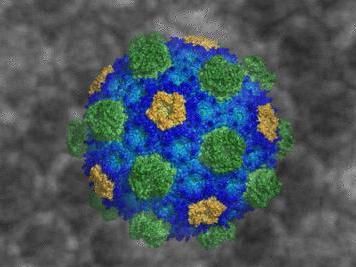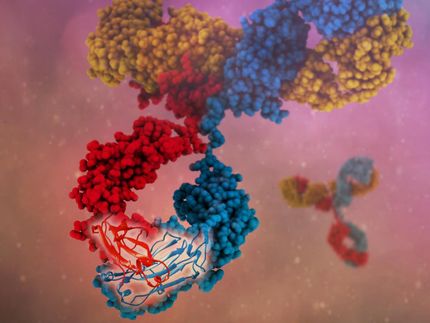Jan Löwe awarded 2007 EMBO Gold Medal
Researcher revolutionised understanding of the bacterial cytoskeleton
Advertisement
Jan Löwe of the Medical Research Council's Laboratory of molecular biology (MRC-LMB, Cambridge, UK) has been chosen as the 2007 winner of the EMBO gold Medal. Jan was selected for the award "in recognition of his landmark work elucidating the structure and function of proteins involved in bacterial cell division," said EMBO Executive Director, Hermann Bujard.

Jan Löwe, winner of the 2007 EMBO Gold Medal
EMBO
Awarded annually, the EMBO Gold Medal recognises outstanding contributions of young researchers in the molecular life sciences. Considered the most prestigious award of its kind in Europe, the Gold Medal highlights the achievements of Europe's best scientists.
Löwe's many accomplishments in his young career illustrate the "golden" qualities that characterise all EMBO medal winners."Jan has single-handedly revolutionised our understanding of the bacterial cell cycle and cell morphogenesis, through his insightful structural studies on virtually all of the key players," says Jeff Errington, Director of Newcastle University's Institute for Cell and Molecular Biosciences. "His work highlights the complexity and sophistication of bacterial cells, and how they remain wonderful subjects for studying fundamental biological mechanisms at the molecular level."
Jan's adventure into the inner workings of bacteria began almost 11 years ago when he joined the MRC-LMB as a post-doc. His work with Linda Amos on trying to crystallise tubulin led to work on a bacterial version of it, called FtsZ. In 1998, Jan solved the structure of FtsZ. Three years later, his group determined the structure of MreB, a prokaryotic actin-like protein which had been discovered by Jeff Errington. The structural discoveries of FtsZ and MreB proved to be key pieces of evidence for the discovery of the bacterial cytoskeleton.
Until that point, having a cytoskeleton was a claim to fame held only by eukaryotic cells. The inner workings of bacterial (prokaryotic) cells were now showcased against the backdrop of a flexible scaffolding. As a result, essential processes of the bacterial cell, such as cell shape maintenance, DNA segregation and cell division were viewed in a different light.
"Jan revolutionised our understanding of the cytoskeleton in bacteria, which had often been regarded as structureless bags of enzymes," explains Tony Crowther, former Joint Head of the Structural Studies Division at MRC-LMB. "He determined the structure and function of several bacterial homologues of tubulin and actin and analysed the filamentous nature of their assemblies."
Two years after starting his post-doc at the MRC-LMB, Jan fast-tracked to become a Group Leader, and has focused on "Molecular Machines". Recently, his group has discovered another protein in bacteria that was thought to be a 'signature' protein for eukaryotic cells: dynamin. They continue to explore the bacterial cytoskeleton using X-ray crystallography and electron microscopy and are starting to use electron tomography of whole, frozen cells to visualise the cytoskeleton in cells.
"Jan is now determining how bacterial actin and tubulin homologues and other key molecules control chromosome separation and cell division," adds Tony Crowther. "He has a fearless approach to all aspects of modern structural biology and we are delighted that the EMBO Gold Medal has been awarded to someone with such strong structural interests."
The EMBO Gold Medal and an award of 10,000 euro will be presented to Jan on 27 October 2007 at the EMBO Members Meeting, "Frontiers of Molecular Biology", in Barcelona, Spain.
























































